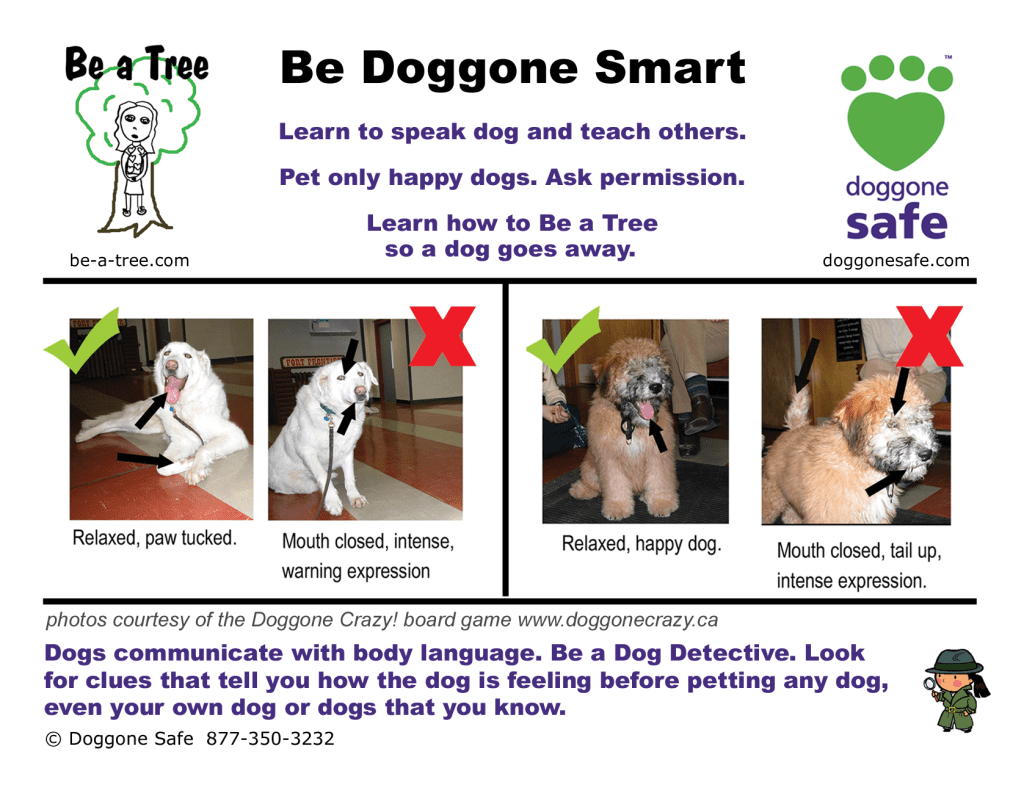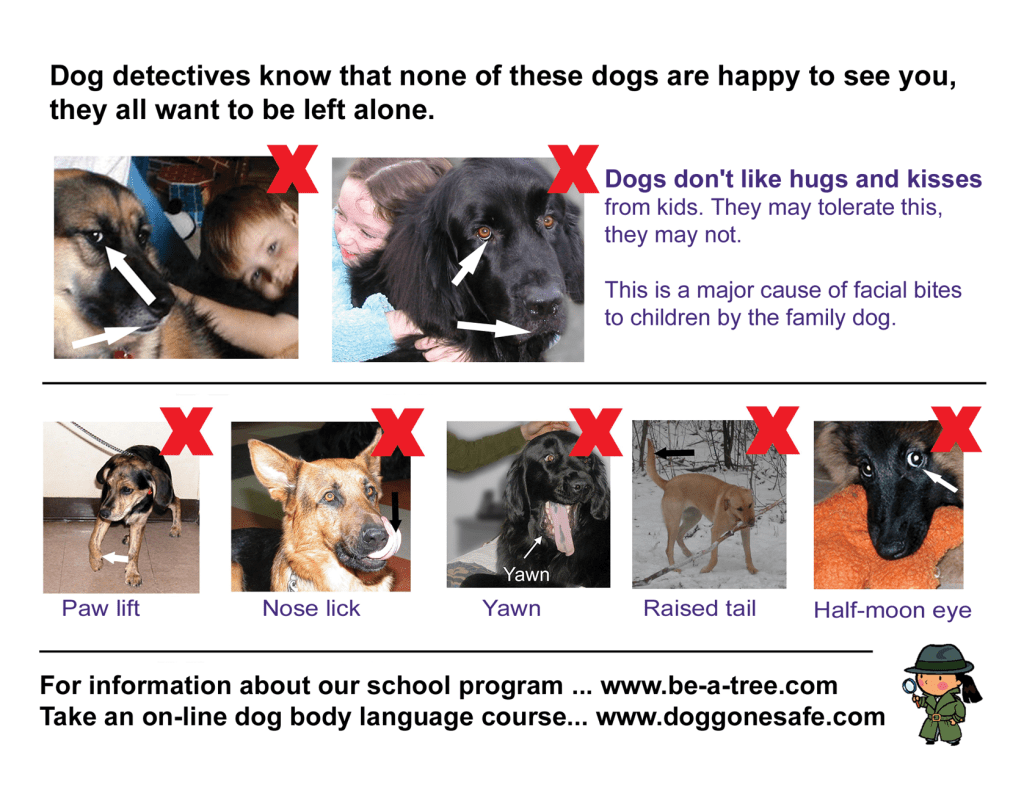Being attacked by a dog can be a terrifying experience. And it can leave the victim with serious—even life-threatening—injuries.
Every year in the United States, about 1 in 775 people seek emergency care for dog bites. Most victims are boys between ages 5 and 9.
Complications of dog bites
In children younger than age 10, bites are usually around the head and neck because the child’s head is near the level of the large dog’s mouth. The jaws of large dogs are meant for tearing: they can exert more than 450 pounds of pressure per square inch, resulting in a crush injury that may include avulsions, lacerations, and puncture wounds. A large number of bites and severe wounds may cause death from exsanguination. (See Dogs with deadly bites.)
Nonfatal bites still pose the risks of infection and disease. Zoonotic diseases—animal diseases that can be transmitted to a human—are especially dangerous in immunocompromised patients. Pasteurella multocida and Staphylococcus aureus are the most common aerobic pathogens causing infection from dog bites. P. multocida can cause soft-tissue infections, septic arthritis, and osteomyelitis.
A victim’s greatest concern may be contracting rabies. However, in the United States, most rabies cases result from wild animal bites, not dog bites.
Assessing bites
Nurses and other healthcare providers should thoroughly assess and promptly treat dog bites. Healthcare providers also must report all dog bites—whether from family pets or strays—to the Department of Health.
The usual signs and symptoms of a dog bite include pain, purulent drainage, and cellulitis. Examine the wound by looking for lacerations, punctures, avulsions, and crush injuries. Note any damage to tendons, nerves, vasculature, ligaments, and bones. If you think the bite may have penetrated bone, the patient will need X-rays. Assess range of motion and neurologic function.
Many dog-bite cases end up in court, so make sure your documentation is detailed. Record all your physical examination findings, including the measurements of the wound. Also, note drug allergies as well as any underlying conditions and past procedures that may put the patient at greater risk, such as diabetes, liver disease, immunosuppression, and splenectomy. Note previous tetanus and rabies immunizations, too.
Initial treatment
Before medical and nursing intervention, treatment should include washing the wound thoroughly with soap and water. Soap has antiviral properties that may help prevent rabies infection.
As soon as possible, the wound should be irrigated with normal saline or Ringer’s lactate solution. The irrigant should not be injected, to avoid spreading the infection. Nonvital and necrotic tissue should be removed carefully to prevent problems with later wound closure and appearance.
Signs of infection typically appear within 24 hours. If the patient has such signs, collect specimens for Gram stain and culture. Patients who seek care 12 hours or more after injury usually have an infection. Wounds examined 24 hours or more after the injury require observation only.
Unless the wound is superficial or the risk of infection is low, antibiotics are prescribed for 3 to 7 days. If cellulitis is evident, the patient may require antibiotics for 10 to 14 days. The antibiotic of choice is amoxicillin–clavulanate potassium (Augmentin). For a patient with an allergy to penicillin, an alternative is doxycycline (Vibramycin). In pregnant women and children younger than age 8, erythromycin may be used, though the chance of antimicrobial resistance is greater. As an alternative, clindamycin (Cleocin) and a fluoroquinolone may be given to adults, and clindamycin and trimethoprim-sulfamethoxazole (Bactrim, Septra) may be used in children. If the patient appears to be noncompliant, daily I.M. injections of ceftriaxone (Rocephin) may be needed.
Decisions on rabies and tetanus
Rabies is transmitted when the virus is introduced by a bite or contact with mucous membranes. Touching the feces or body fluids of a rabid animal is not considered exposure. Deciding whether to give the rabies vaccine after a bite involves several factors:
- type of animal
- whether the attack was provoked or unprovoked (because unprovoked attacks are more likely with rabid animals)
- animal’s vaccination status
- presence of rabies in the region.
If the animal is rabid or suspected of being rabid or if the injury is to the face or neck, the patient should receive the rabies vaccine and human rabies immune globulin (RIG) immediately. If the animal is known to be healthy and can be observed for 10 days, the rabies vaccine dosage may be delayed during observation. If the animal develops signs of rabies during observation, the patient should receive RIG immediately. If the animal stays healthy for 10 days, the patient doesn’t need treatment. If the animal isn’t available for observation, the patient should receive the rabies vaccine. (See Dodging dog bites.)


After the initial rabies vaccine dose, the patient receives injections on the 3rd, 7th, 14th, and 28th day. The three available rabies vaccines are human diploid cell vaccine (HDCV), rabies vaccine absorbed (RVA), and purified chick embryo cell vaccine (PCEC). The dosage for all three is the same: 1 mL per I.M. injection. Inject the vaccine into the deltoid muscle of adults and into the upper thigh muscle of young children.
The RIG dosage is 20 IU/kg for adults and children. Inject most of the dose in and around the wound. Give the rest I.M. at a site distant from the vaccine injection site. Never mix RIG and the rabies vaccine in the same syringe or give them at the same injection site.
RIG provides immediate protection from the rabies infection; the vaccine starts to provide protection about 2 weeks after the initial dose. Possible adverse effects of the rabies vaccine and RIG include a low-grade fever, muscle aches, and discomfort at the injection sites.
Depending on the characteristics of the wound and the date of the patient’s last tetanus shot, you also may need to administer a tetanus vaccine. Wounds deeper than 1 cm, crush injuries, devitalized tissue in the wound, and contaminants (such as dirt or saliva) make the patient prone to tetanus. Transplant patients shouldn’t receive the tetanus vaccine.
Emotional comfort
Treatment also includes dealing with the patient’s emotional trauma. Fears of rabies, disfigurement, and even death go through the victim’s mind. Children may be frightened not only by the attack but also by the unfamiliar hospital surroundings. By showing compassion and patience, you can help patients comprehend the information you’re providing and make informed decisions regarding their care.
For more information, visit www.doggonesafe.com, a nonprofit website with free education brochures, posters, coloring pages, parent guide, and video.
Selected references
Baddour LM. Soft tissue infections due to dog and cat bites in adults. UpToDate. 2006. www.utdol.com/patients/content/topic.do?topicKey=~EuOEZbYWcYWaX6. Accessed October 15, 2009.
Baddour LM, Endom EE. Patient information: animal bites. UpToDate. 2006. www.utdol.com/patients/content/topic.do?topicKey=~P.PE4sNNpuMipf&selectedTitle=2~124&source=search_result. Accessed October 15, 2009.
Centers for Disease Control and Prevention. Rabies. www.cdc.gov/Ncidod/dvrd/rabies/diagnosis/diagnosi.htm. Accessed October 15, 2009.
Presutti RJ. Prevention and treatment of dog bites. Am Fam Physician. 2001;63(8). www.aafp.org/afp/20010415/1567.html. Accessed October 15, 2009.
Weiss HB, Friedman DI, Coben JH. Incidences of dog bite injuries treated in emergency departments. JAMA. 1998;279(1):51-53. http://jama.ama-assn.org/cgi/content/abstract/279/1/51. Accessed October 15, 2009.
Shari J. Lynn is a clinical instructor at Johns Hopkins University School of Nursing in Baltimore, Maryland.






















4 Comments.
I think that most rabies cases result from wild animal bites, not dog bites
I have cited this article in a publication. I need the page numbers but don’t see them. Can you provide the page numbers?
My husband is a transplant patient and was bitten on the back by a pit bull who was vaccinated for rabies. I worry that the bruising and the bite may affect his transplant.
ANY animal can inflict damage on a person- parents need to always monitor their child’s whereabouts, least the child is harmed & the dog is blamed- sometimes being banished from their home- the parent is the thinking adult in the equation, & needs to protect the pet from the child, & vica versa-